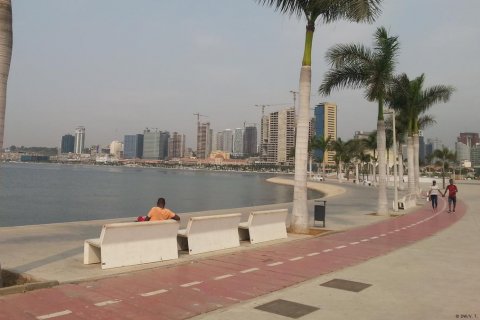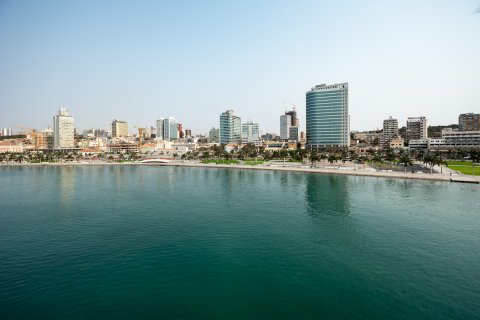The official was speaking as part of a meeting between João Baptista Borges, Minister of Energy and Water, and Tom Allweendo, Namibian Minister of Mines and Energy, which took place at the Laúca Dam, this Monday, and which served to decide on matters such as the environmental, technical and economic feasibility study, the agreement and implementation model, as well as the strategy to resettle the communities that will be affected by this initiative, says Angop.
To be built on the Cunene River, in the international segment bordering Namibia, the Baynes Hydroelectric Plant will consist of a main dam and a regulatory dam.
Thus, the project will have a dam made of roller-compressed concrete, 200 meters high, 1025 meters long at the crown and 40 kilometers long in the reservoir, as well as a flooded area of around 58 square kilometers at a degree of total storage, writes Angop.
In terms of power, the main dam will have four 215 megawatt units, making a total capacity of 860 megawatts, half of the generated power (430 megawatts) will be destined for Angola and the other half for Namibia, which is guaranteed the inclusion of this project in the national energy networks of Angola and Namibia, through the Angola/Namibia regional integration network.
The regulation dam, which according to Jornal de Angola will cost 113 million dollars for both countries, will have an installed capacity of 21 megawatts (the plant will have three seven megawatt units), as well as a flood zone, in a extension of approximately six kilometers upstream.
Furthermore, according to Angop, it should also be noted that the dam wall will also serve to connect the western road corridor of the two countries by road.







